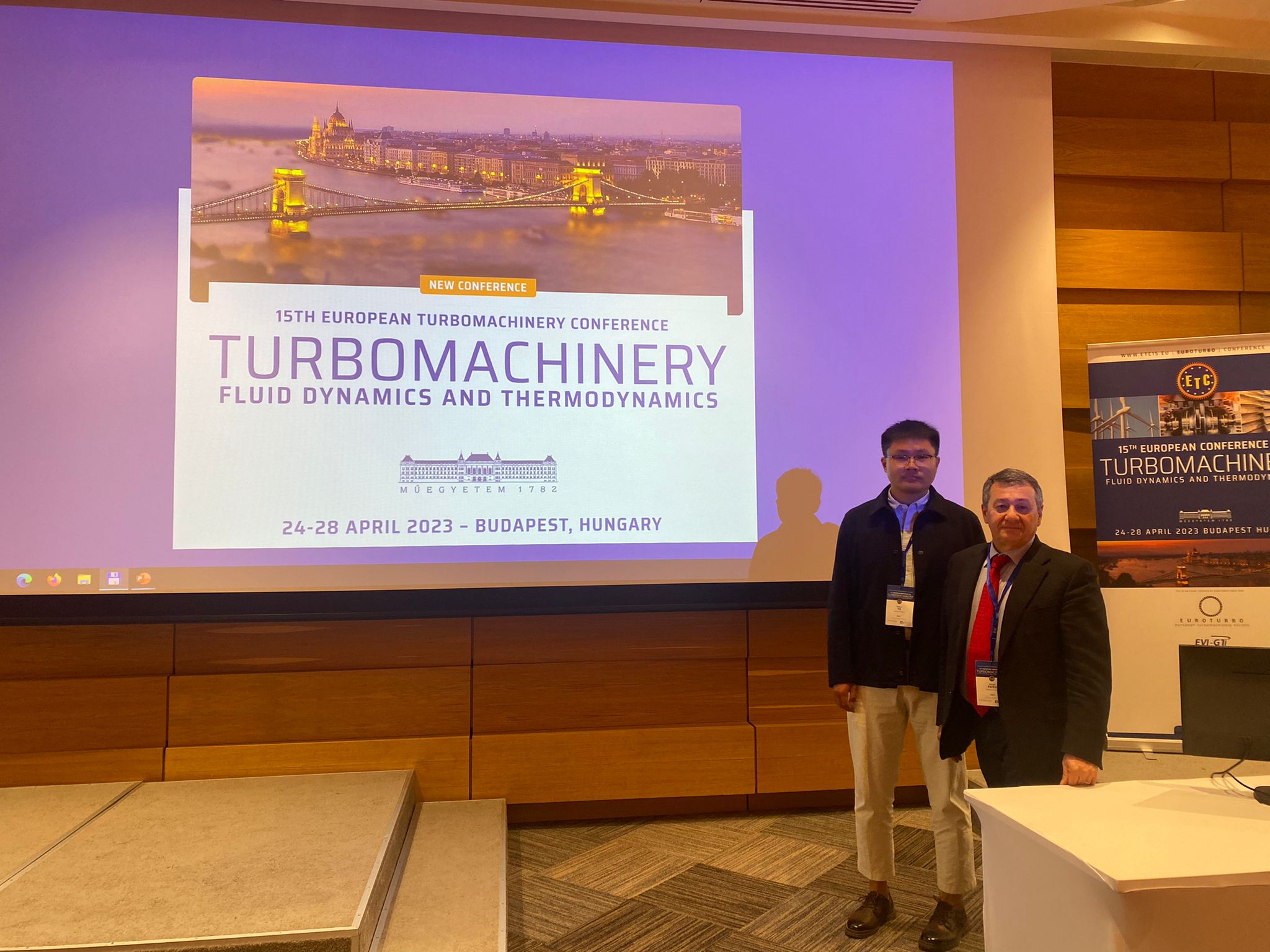Influences of Bio-Inpired Leading-Edge Tubercle on Cloud Cavitation

Cavitation is an ever-present issue in the maritime and pumps industries. It causes damage to the propeller/impeller in the form of erosion, reducing hydrodynamic performance and increasing the underwater radiated noise (URN) level generated. Therefore, containing cavitation is an important research area in order to reduce structural damage, efficiency loss and noise pollution.
The leading-edge (LE) tubercles located on Humpback whale pectoral fins have been attributed to give the whales superior manoeuvrability through prolonged flow attachment.
See the results of our analysis on capability of the LE tubercles on the sheet cavitation containment on a propeller blade in the paper presented at the ETC-15 conference in Budapest (Hungary):
T. Yin, G. Pavesi, S. Yuan (2023) Influences of Bio-Inspired Leading-Edge Tubercle on Cloud Cavitation Around NACA 0009 Hydrofoil. 2023 ETC-15 conference,24-28 April 2023, Budapest, Hungary
Cavitation is treated as a kind of homogeneous multiphase flow, and the Zwart-Gerber-Belamri cavitation model is adopted to predict the phase-change process.
Within the Unsteady Reynolds-Averaged Navier-Stokes framework, the density-corrected shear stress transport (SST) k-ω turbulence model is used to close the equations. The simulations are carried out by the commercial software ANSYS CFX 2020R2.
In summary, it is found that LE tubercles present a cavitation funnel effect which can successfully reduce the sheet cavitation development up to 80%, while the propulsive efficiency in heavy-cavitating conditions can be improved by 6.6%.
The research project is of the TES research group (prof G. Pavesi) in collaboration with University of Jiangsu (China) .


